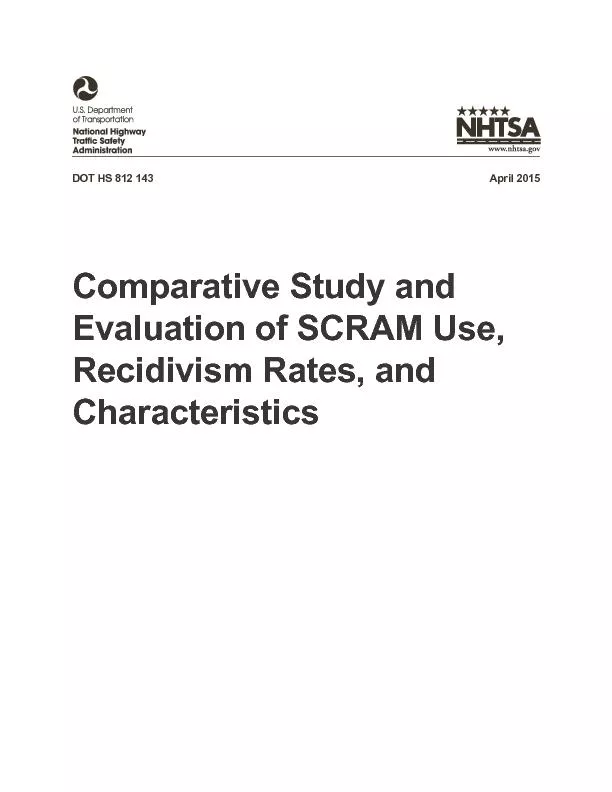PDF-Comparative Study and
Author : min-jolicoeur | Published Date : 2016-07-28
DOT HS 812 143April 2015 Evaluation of SCRAM Use Recidivism Rates and Characteristics This publication is distributed by the US Department of Transportation National
Presentation Embed Code
Download Presentation
Download Presentation The PPT/PDF document "Comparative Study and" is the property of its rightful owner. Permission is granted to download and print the materials on this website for personal, non-commercial use only, and to display it on your personal computer provided you do not modify the materials and that you retain all copyright notices contained in the materials. By downloading content from our website, you accept the terms of this agreement.
Comparative Study and: Transcript
Download Rules Of Document
"Comparative Study and"The content belongs to its owner. You may download and print it for personal use, without modification, and keep all copyright notices. By downloading, you agree to these terms.
Related Documents














